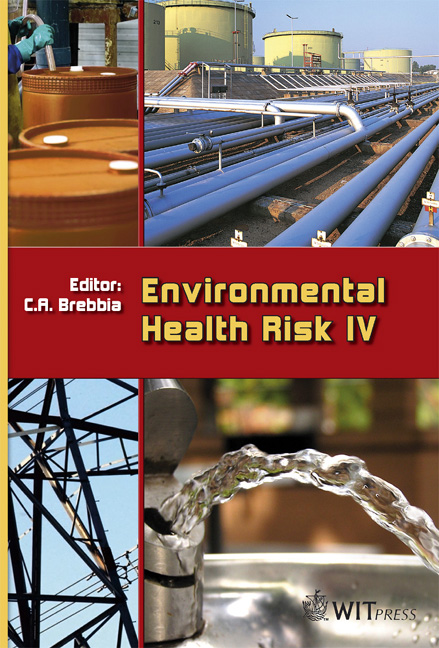Methods For Calculating PNECs Using Species Sensitivity Distribution (SSD) With Various Hypothesis On The Way To Handle Ecotoxicity Data
Price
Free (open access)
Transaction
Volume
11
Pages
9
Published
2007
Size
408 kb
Paper DOI
10.2495/EHR070251
Copyright
WIT Press
Author(s)
P. Ciffroy
Abstract
Species sensitivity distribution (SSD) methodology is currently used to determine the Predicted No Effect Concentration (PNEC) of a substance, considering chronic ecotoxicological tests on three taxonomic groups: algae, invertebrates and vertebrates (aquatic environment). However, SSD methodology raises some practical questions due to the multiple possibilities of handling the available data. In particular the following points are often discussed: (1) how to take into account the intra-species variation; (2) how to handle heterogeneous repartition of available data among the taxonomic groups; (3) could we use the information contained in acute data, and how, in the construction of SSDs; (4) when only a limited number of data is available, how is it possible to build relevant SSDs. Different approaches have been tested in answer to each of these questions: For questions (1) and (2): different methods were compared, each of them being characterized by a different way of taking into account intra-species variation and proportions of taxonomic groups (vertebrates, invertebrates and algae), as well as by the actual method of calculation of the HC5 (Hazardous Concentration) and its confidence interval. These different methods were compared for 15 substances using NOEC data available in the literature and the uncertainty associated to the data treatment was quantified. For question (3): an \“Acute-to-Chronic Transformation” (ACT) function was derived and a methodology for the incorporation of acute data in the construction of SSDs was tested. This ACT method was tested on 11 substances: for each substance, the actual chronic SSD was compared to the predicted SSD derived from the incorporation of transformed acute data. For question (4): Bayesian methods were tested to build SSDs from limited datasets and the relevance of such methods was discussed. Various approaches are suggested here in answer to each of these three questions. They have been combined in a comprehensive overview to define alternative strategies according to the availability of ecotoxicological data. Keywords: risk assessment, species sensitivity distribution, PNEC, uncertainty.
Keywords
risk assessment, species sensitivity distribution, PNEC, uncertainty.





